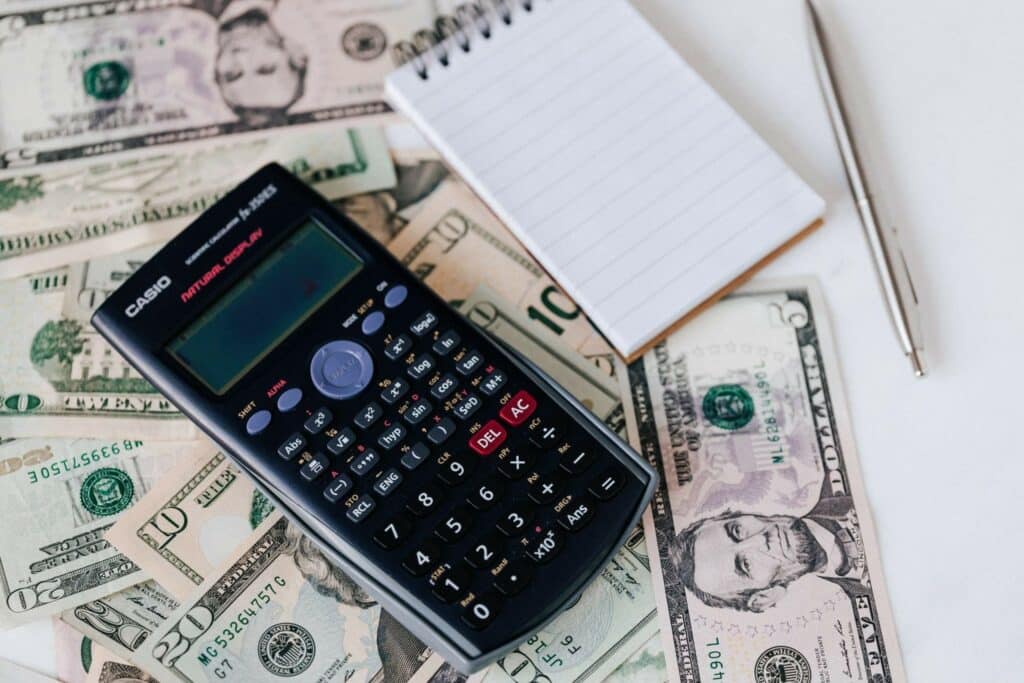Whether you plan to work with a professional or do it yourself, a tax prep checklist can keep you organized and help reduce stress when it’s time to do your taxes. And remember, if you’re married and filing a joint return with your spouse, you’ll need all of the following information for them as well.
Personal Information
Your personal information is essential. This tells the IRS and state taxing authority who’s filing a return where to contact you and deposit your tax refund.
- Your name as it appears on your Social Security card
- Date of birth
- Social Security number (for yourself, spouse, and dependents)
- Home address
- Copy of last year’s federal and state tax returns
- Bank account number and routing number to receive your refund by direct deposit
Dependent Information
If you can claim someone else as a dependent, you’ll need the following information.
- Dependent’s name (as it appears on their Social Security card), dates of birth, and Social Security numbers (or tax ID numbers)
- Form 8332 if your dependent child’s custodial parent is releasing their right to claim the child as a dependent
Sources of Income
You might receive several different forms documenting the income you received in 2021. Some common ones include:
- W-2s from your employer(s)
- 1099-G forms for unemployment income and state or local tax refunds
- 1099-INT, 1099-DIV, and 1099-B for interest, dividends, and stock sales
- 1099-R and SSA-1099 for retirement plan distributions and Social Security benefits
- 1099-S for income from the sale of your residence or other property
- 1099-MISC for income from a rental property
- 1099-Q for distributions from a 529 plan or Coverdell ESA
- 1099-SA for distributions from a health saving account (HSA)
- Schedule K-1 for income from a pass-through business, trust, or estate
- Records of any transactions involving cryptocurrency
- Information on other sources of income, such as gambling winnings, jury duty pay, cancellation of debt, etc.
Self-Employment and Business Records
If you’re self-employed, you need to report that income. However, you can also claim business expenses to lower your taxable income.
- 1099-NEC or 1099-K showing income earned as an independent contractor
- Records of all business income and expenses
- Documentation for home office expenses
- Records for business assets to be depreciated, including cost and date placed in service
- Miles traveled for business purposes
Deductions
Deductions help reduce your taxable income, which generally means a lower tax bill. The key to claiming deductions is documentation — not only can it protect you if you’re ever audited, but it can also cut your tax bill by helping you remember what to claim.
You don’t have to itemize to benefit from some deductions. These are listed directly on Form 1040. Here’s a rundown of some popular tax deductions. Make sure you have documentation for each before you file:
- Retirement account contributions. You can deduct contributions to a traditional IRA or self-employed retirement account. Just be sure to stay within the contribution limits.
- Educational expenses. Students can claim a deduction for tuition and fees they paid, as well as for interest paid on a student loan. However, the IRS won’t accept your deduction claim without Form 1098-T, which shows your education transactions. Form 1098-E has details on your student loan.
- Medical bills. Medical costs could provide tax savings, but only if they total more than 7.5% of adjusted gross income for most taxpayers.
- Property taxes and mortgage interest. If your mortgage payment includes an amount escrowed for property taxes, that will be included on the Form 1098 your lender sends you.
- Charitable donations. To ensure your generosity pays off at tax time, keep your receipts for charitable donations. The IRS could disallow your claim if you don’t have verification.
- Classroom expenses. If you’re a school teacher or other eligible educator, you can deduct up to $250 spent on classroom supplies.
- State and local taxes. You can deduct various other taxes, including state and local income or sales taxes (up to $10,000, including property taxes). You don’t need receipts for the sales tax; the IRS provides tables with average amounts you can claim. However, the tax on a significant purchase can be added to the table amount, so keep those receipts.
Tax Credits
Tax credits are a dollar-for-dollar reduction in the amount of tax you owe. Generally, you’ll need the following documentation to claim potentially valuable tax credits.
- Form 1098-T showing expenses for higher education
- Child care costs and care provider’s name, address, and tax identification number
- Adoption costs and Social Security number of the child you legally adopted during 2021
- Form 1095-A if you purchase health insurance through the Health Insurance Marketplace
Gathering all of this information before you file your return may take some time, but it ensures you have everything you need to claim every tax deduction and credit available to you.
Keeping tax documents in a safe place after you file can also come in handy if you get audited. If the IRS or your state tax authority examines your return, they might ask for records supporting your return income and tax breaks. Having this information in one place will speed up the process and help ensure you don’t lose any of your deductions or credits. Need help on your tax return this year? Hayes & Associates can assist you with all your tax needs.





